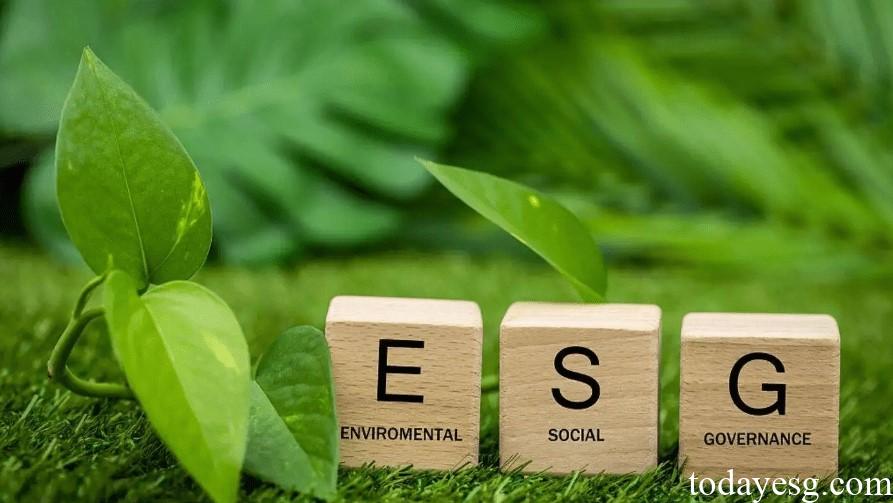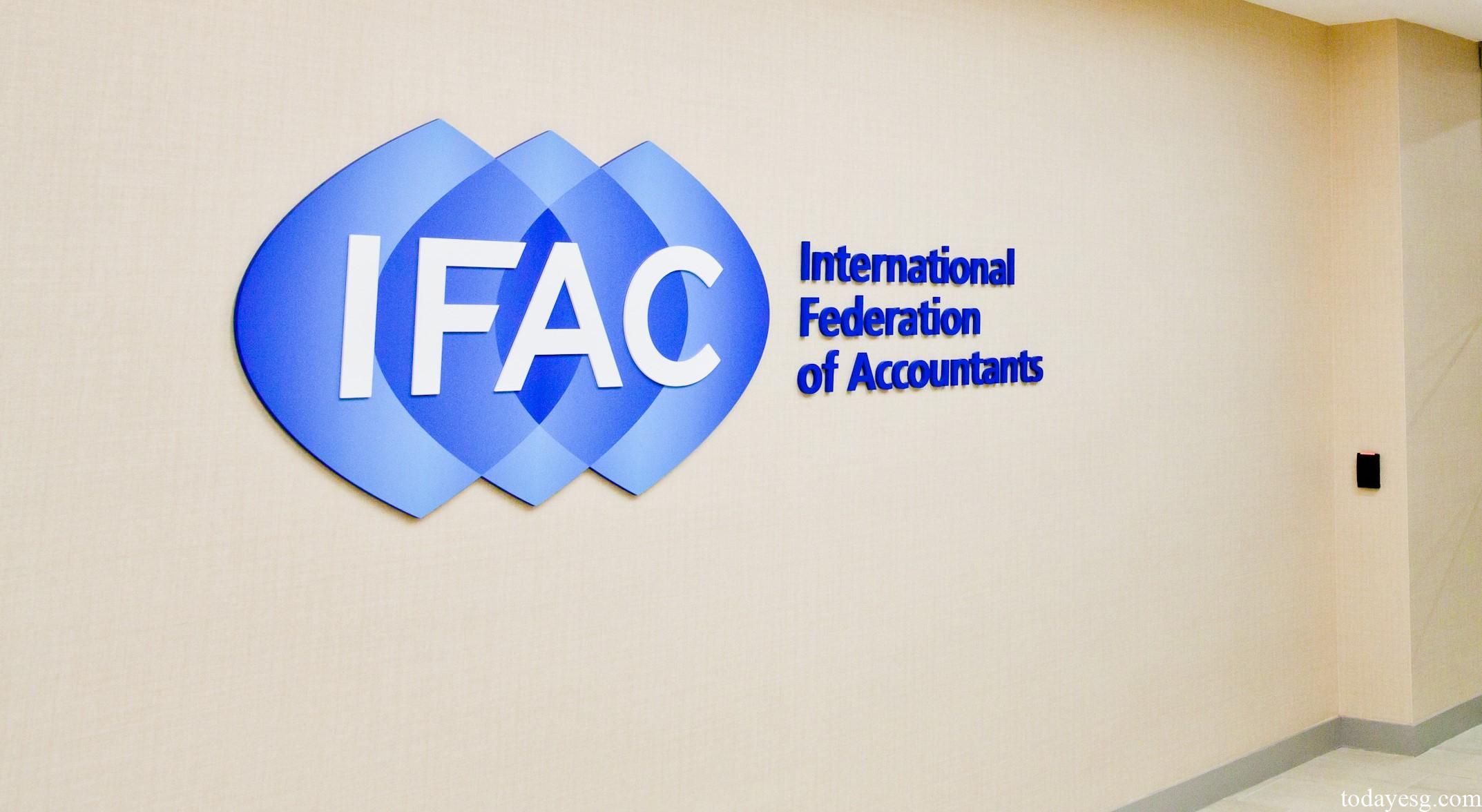Global ESG Disclosure Report
The International Federation of Accountants (IFAC) releases global ESG disclosure report. The survey includes 1350 listed companies from 22 countries. IFAC obtained the ESG disclosure based on the public reports of these companies in the past three years.
IFAC classifies the reports into three categories, namely, sustainable reports (issuing separately to introduce the company’s ESG development to stakeholders), annual reports (mainly introducing the company’s financial situation and disclosing additional ESG information) and integrated reports (prepared according to the standards of the International Integrated Reporting Council). These reports come from the official website of listed companies, the database of several international sustainable reporting initiatives and the information disclosure platform of global stock exchanges.
Overview of ESG Disclosure
IFAC report shows that the proportion of ESG information disclosure of listed companies has gradually increased in the past three years. Currently, 95% of companies have disclosed relevant information in the form of sustainable reports, annual reports or comprehensive reports (the proportion was 91% three years ago), and the proportion of ESG information certification has exceeded 60% (51% three years ago).
In terms of the ESG disclosure contents, 96% of the companies discloses greenhouse gas emissions, environment, society and governance, and 53% of the companies certifies the report through a third party. The proportion of third-party certification of greenhouse gas emissions is the highest, reaching 94%. Information certification at the governance level is the lowest (56%).

Format and Standard of ESG Disclosure
Among the three categories of ESG reports, sustainable reports account for the highest proportion (50%), followed by annual reports (24%) and comprehensive reports (21%). From the perspective of the dynamic changes in the types of reports, the proportion of sustainable reports has declined (57% three years ago), while the proportion of the other two types of reports has increased.
In terms of the information disclosure standards of the report, 29% of the companies comply with the Sustainability Accounting Standards Board (SASB), and 30% of the companies comply with the Task Force on Climate-Related Financial Disclosure (TCFD).
In addition, the proportion of companies using the Global Reporting Initiatives (GRI) has increased from 72% to 74%. The proportion of companies using the United Nations Sustainable Development Goals (SDGs) increased from 76% to 79%. 86% of companies adopt multiple standards in ESG information disclosure (68% three years ago).
Disclosure of Climate Target
IFAC report shows that 67% of listed companies have disclosed the net-zero climate target. Some companies (18%) are having a long distance to net zero in terms of greenhouse gas emission reduction. 27% of companies not only announce the net zero target, but also disclose the carbon emissions of Scope 1 and Scope 2, and 22% of companies announced Scope 3 on this basis. 87% of companies have formulated actual plans to achieve climate goals.
Overview of ESG Certification
In addition to the development of ESG information disclosure, investors and regulators have begun to demand that the quality of ESG information be improved. Third-party certification is an important measure to improve the credibility of ESG reports.
IFAC report shows that the overall certification proportion of ESG reports exceeds 60%, and 57% of listed companies rely on audit companies to complete ESG report certification. Among the three types of ESG reports, the certified proportion of integrated reports is the highest (77%), followed by sustainable reports (65%) and annual reports (50%).
In terms of the SASB, TCFD, GRI and SDGs standards mentioned earlier, the certification proportion of GRI standards is the highest (39%), and the certification proportion of the other three standards is less than 10%. Although 79% of companies use the SDGs standard to issue ESG reports, their certification proportion is only 1%.
Reference:








